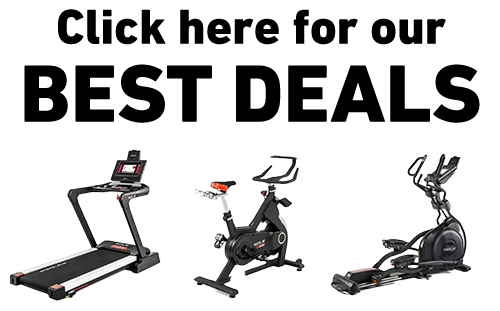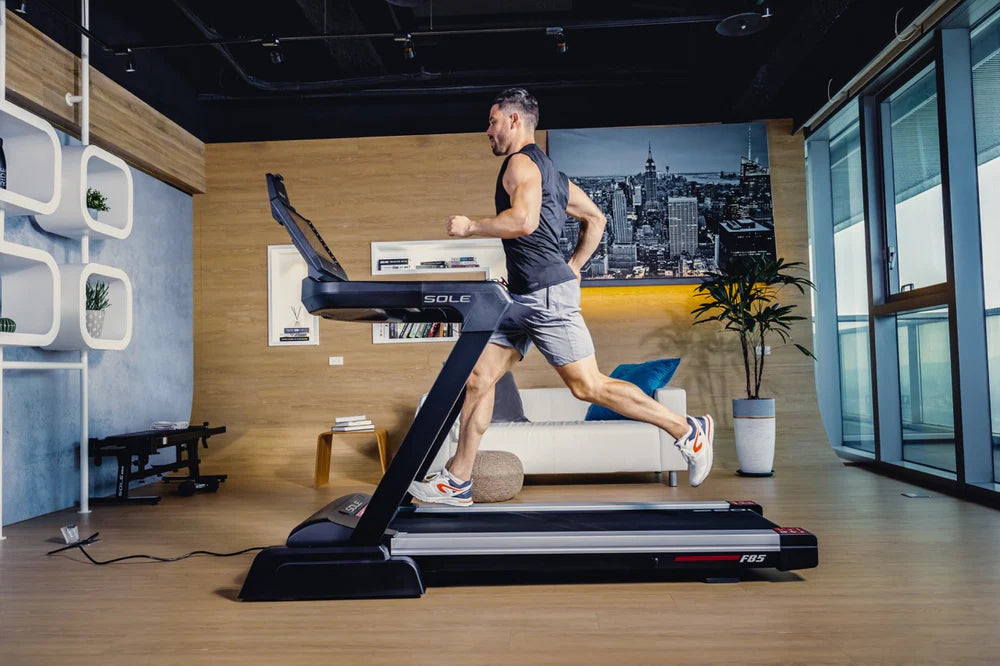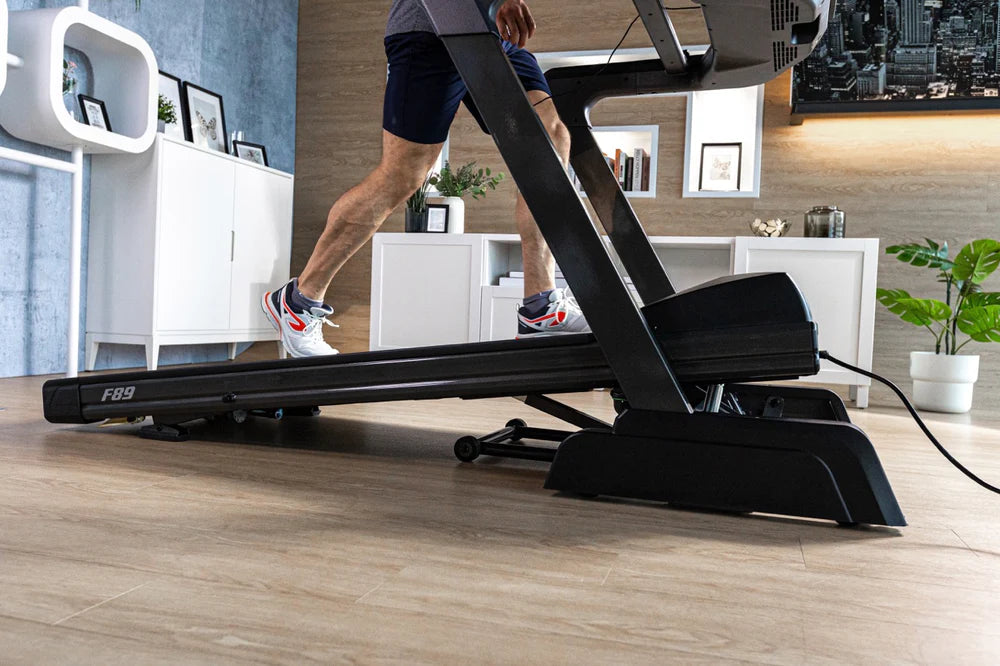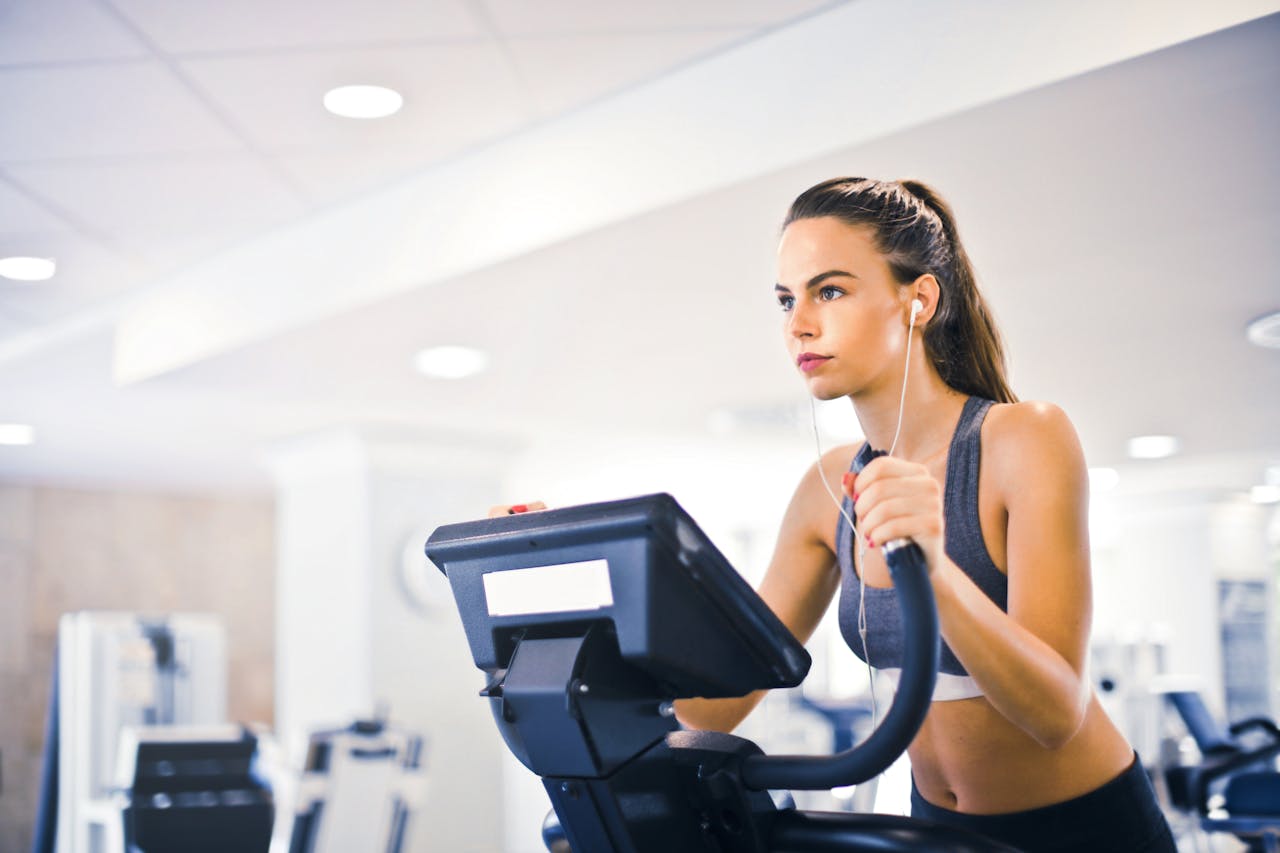Key Takeaways
- Treadmills can be adjusted for a softer impact, but they may still put more stress on the knees compared to bikes.
- Exercise bikes offer a low-impact workout that is gentle on the knees, so they’re ideal for individuals with knee pain or recovering from injury.
- Recumbent bikes are particularly beneficial for those with bad knees due to their supportive seating position.
- Proper equipment setup and usage are critical to ensure the safety and effectiveness of workouts for those with knee issues.
- SOLE treadmills and bikes can provide a cardiovascular workout, but the right choice depends on individual knee health and fitness goals.
|
At SOLE, we offer top-tier fitness equipment designed for low-impact exercises, ideal for individuals with bad knees. Our treadmills and bikes provide exceptional quality, performance, and comfort for effective yet gentle workouts. Whether for home or gym use, SOLE's solutions ensure those with knee issues can exercise confidently and safely. Featured Products
|
Treadmill vs Bike for Bad Knees
Treadmills can be more challenging for individuals with bad knees due to the high-impact nature of running or walking. This can cause additional stress on the knees, which may exacerbate existing conditions.
On the other hand, exercise bikes are generally considered a low-impact exercise option, which can be beneficial for those with bad knees. The seated position and smooth motion of the bike reduce the impact on the knees and other joints for a more comfortable workout.
Some exercise bikes, such as spin bikes, can be more intense and high-impact due to the standing and pedaling motion—but they may not be suitable for individuals with severe knee issues. In contrast, recumbent exercise bikes or stationary bikes with a recumbent seat can be more comfortable and low-impact—a better option for those with bad knees.
Top Features of Treadmill for Bad Knees
- Cushioned decks: Some treadmills come with shock-absorption systems that reduce the impact on knees. SOLE offers treadmills that are renowned for their cushioning technology. The SOLE F85, for example, features a Cushioned Flex Whisper Deck design, which has been shown to reduce impact on the joints by up to 40% compared to running on asphalt.
- Adjustable incline: Walking on an incline can mimic outdoor terrain, provide a natural and comfortable motion, and reduce the stress on your knees compared to running on a flat surface. All SOLE treadmills have an incline feature that can be adjusted up to 15 levels, so you can increase the intensity without increasing the speed, which is beneficial for knee health. Certain models such as the F85 and TT8 have a -6% decline too.
- Adjustable speeds: Treadmills with a wide range of speeds allow for a gentle start, which is important for warming up the knees. While the motor size ranges from 3.0HP to 4.0 HP, the top speed of all SOLE treadmills is 12 MPH.

Top Features of Bike for Bad Knees
- Adjustable resistance: This allows for gradual increases in intensity without sudden strain on the knees. You get to strengthen the muscles around the knees without causing impact-related stress. Models like the SOLE R92 and SOLE B94 have the least resistance which is a 20-level eddy current brake.
- Seat adjustments: A properly adjusted seat ensures that the knee does not extend too much, preventing hyperextension. All SOLE bikes can be adjusted vertically and horizontally so that users find the most comfortable position.
- Ergonomic design: This supportive design ensures that the user's weight is evenly distributed, reducing the pressure on the knees. Recumbent bikes such as the LCR and R92 offer a backrest that helps distribute weight evenly and reduces pressure on the knees.

An Overview of SOLE Treadmills & Bikes for Bad Knees
|
Product |
Type |
Key Features |
|
Treadmill |
Cushioned Flex Whisper Deck design, 40% impact reduction, 3.0 HP motor, 15% incline |
|
|
Treadmill |
Cushioned Flex Whisper Deck design, 40% impact reduction, 4.0 HP motor, 15% incline and 6% decline |
|
|
Recumbent Bike |
Step-through frame, supportive seat and backrest, ergonomic design, adjustable seat |
|
|
Indoor Bike |
Heavy-duty frame, adjustable resistance, adjustable seats and handlebars |
Choosing the Best SOLE Treadmills and Bikes for Bad Knees
For those specifically looking for the lowest impact on the knees, a recumbent exercise bike like the LCR and R92 are typically the best choice. The design supports the lower back and aligns the hips to minimize knee stress during exercise.
For those who prefer walking or light jogging, a treadmill with a cushioned deck, such as the F85, may be more appropriate, as long as the incline and speed are used judiciously.
- Choose a recumbent bike for the most knee-friendly workout.
- Opt for a cushioned treadmill if walking or jogging is preferred, but be mindful of speed and incline.
- Consider your personal health and fitness goals when selecting between a bike and a treadmill.
Frequently Asked Questions (FAQ)
How do I adjust a treadmill to reduce knee impact?
To reduce knee impact on a treadmill, start by selecting a model with a good cushioning system. When you begin your workout, ensure that the belt speed is set to a comfortable pace that doesn't force you to overextend your stride. Gradually increase the incline to engage different muscle groups and reduce the impact force on your knees. Always start with a warm-up to prepare your joints for the exercise ahead.
Can cycling on a bike worsen knee problems?
It's a common concern that cycling might exacerbate knee issues, but the reality is quite the opposite when done correctly. Cycling on an exercise bike can actually improve knee joint mobility and strengthen the muscles that support the knees. However, the bike must be properly adjusted to fit your body. If the seat is too high or too low, or if the resistance is set too aggressively for your current condition, you could potentially worsen knee problems.
- Adjust the seat height so that there is a slight bend in the knee at the bottom of the pedal stroke.
- Start with low resistance and gradually increase as your knees become stronger.
- Ensure that your knees point straight ahead as you pedal, not inwards or outwards.
And listen to your body; if you experience pain beyond the typical workout discomfort, it's time to reassess your bike settings or consult a physical therapist.
It's also beneficial to incorporate a variety of exercises into your routine. While cycling is great for the knees, complementing it with other forms of low-impact exercise, such as swimming or elliptical training, can provide a more balanced workout and prevent overuse injuries.
Besides that, regular check-ins with a healthcare provider can help monitor your knee health and ensure that your exercise regimen continues to be beneficial rather than detrimental.
What SOLE treadmill features are best for bad knees?
SOLE Fitness treadmills are designed with features that cater to individuals with bad knees. The Cushioned Flex Whisper Deck design, available on most models like the F85, is particularly beneficial as it reduces the impact on the knees significantly. The deck works by providing a soft landing for each step, which in turn lessens the force exerted on the knee joint.
Are upright or recumbent bikes better for knee issues?
When it comes to knee issues, recumbent bikes are often the better choice. The reason is their design; these bikes provide a seated position with back support, which reduces the weight and stress on the knees. The legs are also positioned in front of the body, which can lead to a more comfortable pedaling motion.
Upright bikes, while still a low-impact option, do not offer the same level of support and can place more strain on the knees, especially if the user is not accustomed to regular cycling. Therefore, for those with existing knee problems or who are in recovery, a recumbent bike like the LCR and R92 is typically the recommended option.
How often should I work out on a treadmill or bike for knee benefits?
The frequency of workouts on a treadmill or bike for knee benefits can vary based on individual fitness levels and the severity of knee problems. However, a general guideline is to aim for moderate-intensity cardio for at least 150 minutes per week, as recommended by the American Heart Association. This can be broken down into five 30-minute sessions per day.
It's important to start slowly and increase the duration and intensity of workouts gradually. Overworking the knees can lead to pain and further injury, so always plan rest days to let the knees recover.




Leave a comment
This site is protected by hCaptcha and the hCaptcha Privacy Policy and Terms of Service apply.